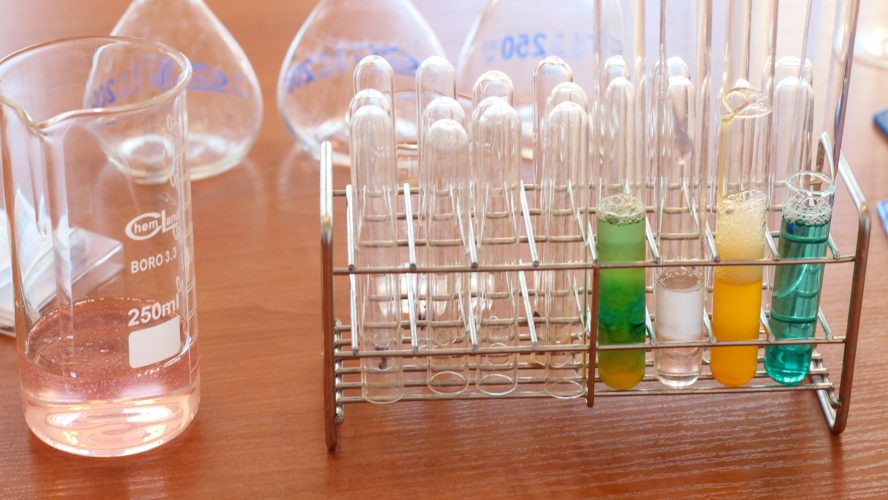R&D processes in chemistry, pharmaceuticals and material science often involve the development of novel formulations. These mixtures often consist of several functional groups. Each of these functional groups are made up of different chemicals and compounds that fulfill the same or similar functions within the mixture compositions.
One example for this are creams. Creams usually consist of oils/fats, emulsifiers, preservatives, thickeners, emollients, pigments, perfumes and many other functional groups. Within each of these groups you usually have different compounds that fulfill similar functions. In our example that could be argan oil, cocos butter and many others that fulfill the function of an oil/fat within the mixture. Additionally, creams also have a water content that changes the applications and properties of the cream.
Challenges in formulation development
If I want to develop a new cream, I have to make a couple of initial decisions, e.g. should it be a moisturizer or more a protective winter cream. These decisions will set ranges for my water content, the proportions of my functional groups, the proportions of compounds within the functional groups and will determine the objectives of my development. Furthermore, there are usually also restrictions on the cost of the overall product, which may limit my choices of components.
Developers of new creams and other mixtures are now put in front of the task to choose the right combination of compounds from a list of often thousands or more different compounds to fulfill the overall objectives and stay within cost restraints. This task is overwhelming for the developers and leads to long R&D cycles and high R&D costs.
AI-based mixture design
xT SAAM allows the use of existing data to make predictions on future mixture developments even under changing objectives. Additionally, xT SAAM allows to design and execute experiments for the development of mixture components in the most optimal way, with or without the use of historical data. This reduces time and cost during the experimental process. Additionally, xT SAAM allows the integration of delayed feedback data, e.g. customer satisfaction or any quality issues. If necessary, it is also possible to add additional parameters, e.g production parameters and many more. xT SAAM also allows the development of conditional restrictions on individual compounds or compound groups and can identify new restrictions with the integrated data analysis tools.
The inbuilt Python scripting engine allows the easy use of existing data sets, models or simulations. Using our JSON-type API, xT SAAM can be connected directly to any machine to further automate the R&D process and open new possibilities in the field of high throughput experimentation (HTE).
For more information visit www.x-t.ai or write us under info@x-t.ai


